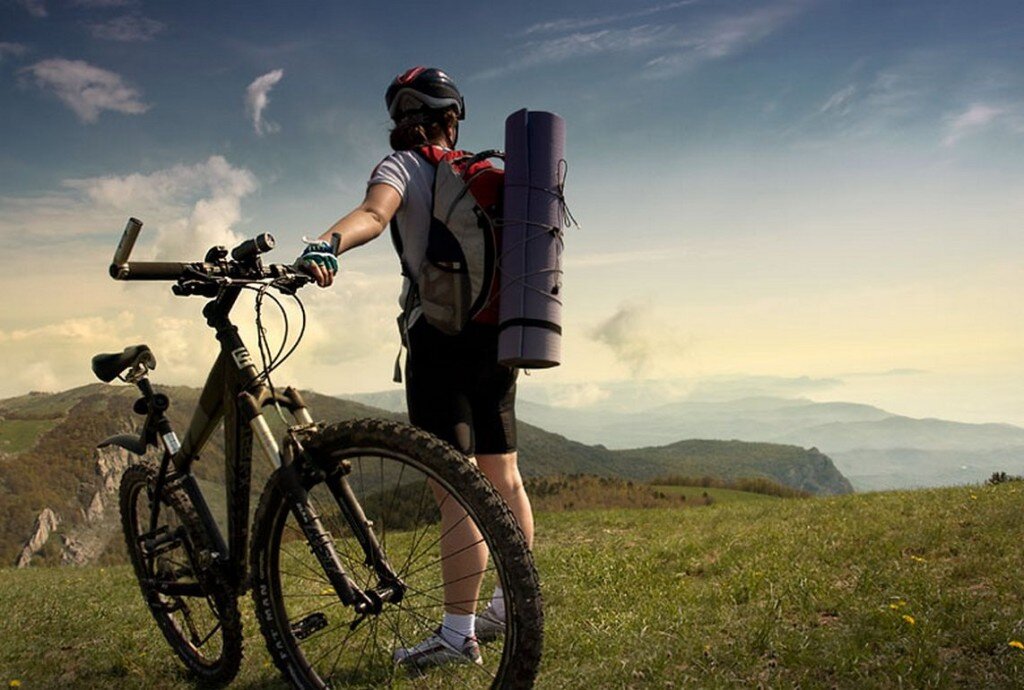Recreation plays a vital role in enhancing our physical, mental, and emotional well-being. Though often overlooked, engaging in recreational activities can rejuvenate us after long hours of work and help us lead a balanced life. But did you know that recreation falls into two main categories? These are active recreation and passive recreation.
If you’ve ever wondered, «What is active and passive recreation?» or which might be more suitable for you, this article will provide the answers. We’ll define the two types of recreation, explore their benefits, and provide practical tips for incorporating both into your life.
Understanding Active Recreation
Active recreation involves activities that require physical exertion and often focus on improving fitness, building strength, and enhancing the overall health of the participants. These activities frequently involve movement, energy, and outdoor adventures.
Examples of Active Recreation:
- Playing sports, such as basketball, tennis, or soccer
- Hiking or mountain climbing
- Running or jogging
- Swimming or kayaking
- Cycling or skating
- Participating in fitness classes, such as yoga or HIIT
- Engaging in obstacle courses or adventure-based activities like geocaching
Active recreation is ideal for all age groups and fitness levels. It helps people enhance their physical strength, improve cardiovascular health, and boost endorphins, which is what gives you that «feel-good» vibe after exercising.
Benefits of Active Recreation:
- Improves physical health by strengthening muscles, improving endurance, and maintaining a healthy weight.
- Boosts energy levels through increased blood circulation and oxygen flow.
- Enhances mental well-being by reducing stress and improving mood through the release of endorphins.
- Creates social opportunities as many active recreational activities involve team-based or group participation.
Understanding Passive Recreation
Passive recreation, on the other hand, involves low-energy activities that are more sedentary and focus on relaxation, peace, and mental rejuvenation. These are pursuits that allow you to unwind and recharge while enjoying your environment and engaging with leisurely activities.
Examples of Passive Recreation:
- Walking through a park or nature trail
- Bird watching or photography
- Reading books or enjoying a podcast outdoors
- Gardening or tending to plants
- Picnicking with family or friends
- Relaxing by a lake or engaging in light fishing
Rather than increasing physical activity, passive recreation encourages mindfulness and fosters an appreciation for nature and quiet moments.
Benefits of Passive Recreation:
- Promotes relaxation and reduces stress by allowing time to unwind and clear your mind.
- Improves emotional well-being by providing peaceful, reflective moments amidst natural surroundings.
- Enhances creativity and focus when engaging in activities like painting, writing, or crafting.
- Encourages connection to nature, which has been shown to promote mental health and reduce anxiety.
Comparing Active vs. Passive Recreation
While both types of recreation offer unique benefits, they serve different purposes.
| Aspect | Active Recreation | Passive Recreation |
|---|---|---|
| Energy Level | High — involves physical exertion | Low — involves minimal physical activity |
| Purpose | Improve fitness, strength, and endurance | Promote relaxation, creativity, and mindfulness |
| Examples | Playing sports, hiking, swimming | Reading, gardening, bird watching |
| Primary Benefits | Boosts physical and mental health through activity | Fosters peace of mind and emotional balance |
Rather than choosing between active and passive recreation, the ideal approach is to incorporate both into your routine for a well-rounded and balanced lifestyle.
Tips for Incorporating Active and Passive Recreation into Your Life
- Evaluate Your Current Lifestyle: Take stock of how much time you dedicate to leisure and whether your recreational activities are active, passive, or a mix of both.
- Set Time for Recreation: Schedule dedicated time each week for both active and passive recreation. For example, you could go hiking on a Saturday morning and relax with a good book in the afternoon.
- Explore Local Options: Check out nearby parks, trails, or recreational centers. Many offer opportunities for both types of activities, such as sports facilities and peaceful gardens.
- Find a Community: Join local hiking groups, gardening clubs, or recreational sports leagues. Engaging in these activities with others adds a social element and keeps you motivated.
- Try Something New: Step out of your comfort zone by trying a new activity, whether it’s kayaking for active recreation or bird watching for passive relaxation.
- Set Personal Goals: Want to improve your fitness? Set a goal to run 5 miles over the course of a week. Looking to de-stress? Commit to one hour of peaceful outdoor reflection each weekend.
The Ultimate Balance for Health and Happiness
Recreation is not one-size-fits-all, and that’s what makes it exceptional. Active recreation builds strength and endurance, while passive recreation nurtures creativity and calm. By combining both elements, you not only achieve better physical health but also enhance your mental and emotional well-being.
If you’re not sure where to start, it might help to ask yourself what you’re currently missing. Do you need a boost in health and energy? Try incorporating more active recreation. Are you constantly stressed and in need of downtime? Passive recreation can restore that sense of peace.
At the end of the day, remember that recreation is all about enjoying life, whether you’re tackling a new hiking trail or simply soaking up the sun in your backyard.
By recognizing the benefits of both active and passive recreation, you can create a lifestyle that’s rewarding, fulfilling, and perfectly tailored to your needs. Start exploring ways to include them in your life today!








